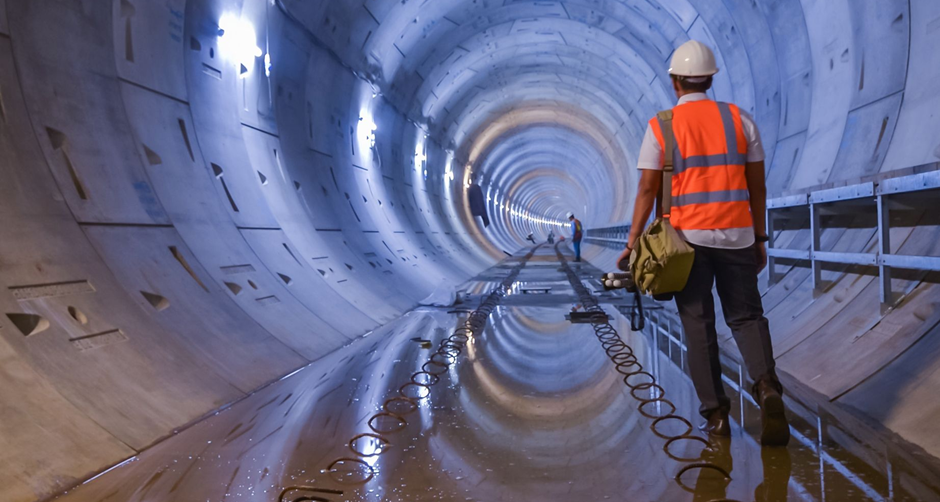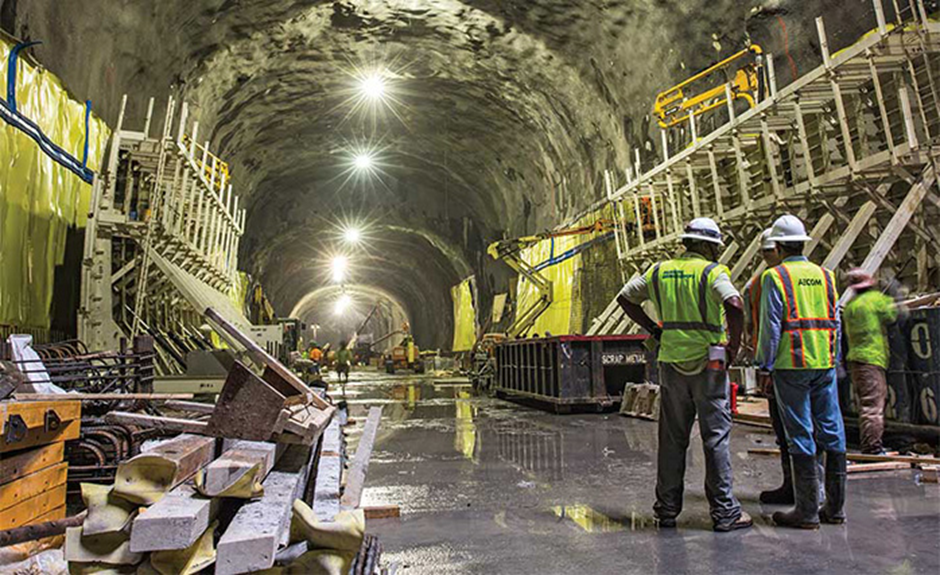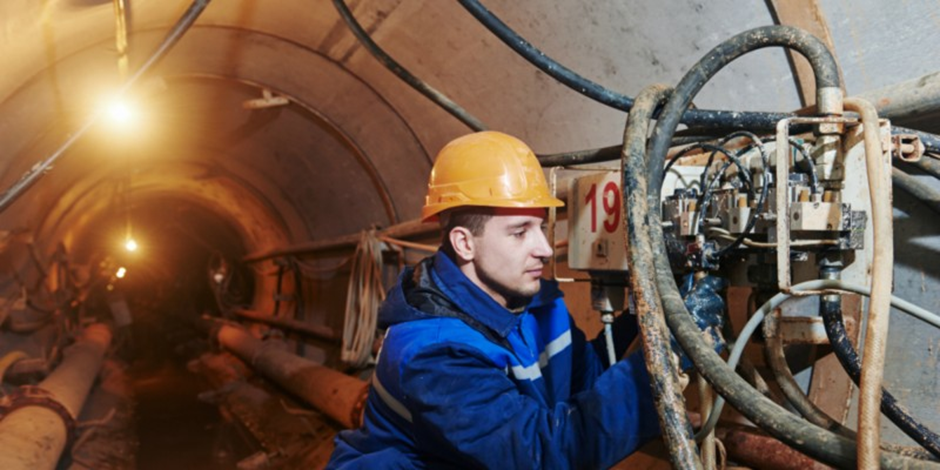The tunnel offers a different approach in transportation and communication channel. Thus communication through a wireless connection is an essential tool in a tunnel environment. The challenges of Tunnel communication is quite evident when it comes to long-distance coverage and location.
Long-distance is complex for a tunnel communication system as it could be a challenge to cover an entire tunnel with very high signal coverage. The tunnel location also contributes largely to the challenges that might arise in tunnel communication and connectivity as this condition hinder smooth communication and monitoring system.
Communication can fail due to signal disruption or damage in network infrastructure like an accident, explosion e.t.c, which could be a problem when an emergency is needed at the tunnel.
The requirement in Tunnel Communication
In tunnel environments, the wireless connection should be a mainstay as its importance as a security tool cannot be overemphasized. It is essential for the general public to plying the tunnel route and the government.
Robust cellular coverage should be made available to passenger users, irrespective of network vendor. To meet the demand for content and entertainment, FM and DAB, digital audio broadcasts are necessary.
When it comes to public security and safety services, tunnel connection comes in handy for a quick emergency response like accidents, breakdowns, fire, robbery, or other emergencies. It is now essential for drivers to have local radio to ensure a safe in-tunnel experience for drivers and passengers alike.
Hytetra TETRA System
There are several advantages to TETRA communication technology (Terrestrial Trunked Radio). The ACCESS NET-T IP TETRA system is highly scalable and includes all the features of the open standard. With ample experience in producing safety and communication devices for various users. TETRA system is reliable and widely appreciated worldwide.
The TETRA installations are built with the customers in mind. The Hytera communications products meet the environment and standard protocol, which have all been developed and released according to TETRA standards.

The advantages of Hytetra TETRA System in Tunnel Communication
Hytetra TETRA System in Tunnel Communication system provides a dependable radio communication system for voice and data. This communication offers high quality as it covers long distances using the latest enhancement technology.
The Istanbul Marmaray Metro and Railway boast of Gateway to PABX/PSTN. A gateway that helps to convert an analog signal from the public easily switched telephone network to a digital signal.
The network Management System is also a powerful feature of the Hytetra TETRA System, which also comes in handy in developing the Istanbul Marmaray Metro and Railway communication.
Hytetra System offers a lot of advantages in Tunnel Communication. An excellent example is the Istanbul Marmaray Metro and Railway system in Turkey that uses the Hytetra system for its wireless tunnel communication service.
The high traffic in the Instabul tunnel calls for robust communication infrastructure. The Tetra mobile radio system proves to be an innovative and successful project as it covers the entire metro tunnel distance with quality and reliable, independent voice and data communication.

Hytera, in collaboration with NEC, was assigned as the provider of a communications solution. Hytera is experienced in the implementation of communication networks in the transport sector, particularly the light rail metro service.
Hytera supplied its advanced state-of-the-art DIB-R5 TETRA Metro Communication Solution, customized to the exact specifications of the PT MRTJ, including ensuring that the TETRA system overview was compatible with the other system in the project.
Metro communication programs incorporate a policy of no single point of failure, so the Hytera TETRA architecture approach is based on redundancy at differing stages, including backup systems and applications, databases, switches, and redundant connections between cell towers and core switches.
